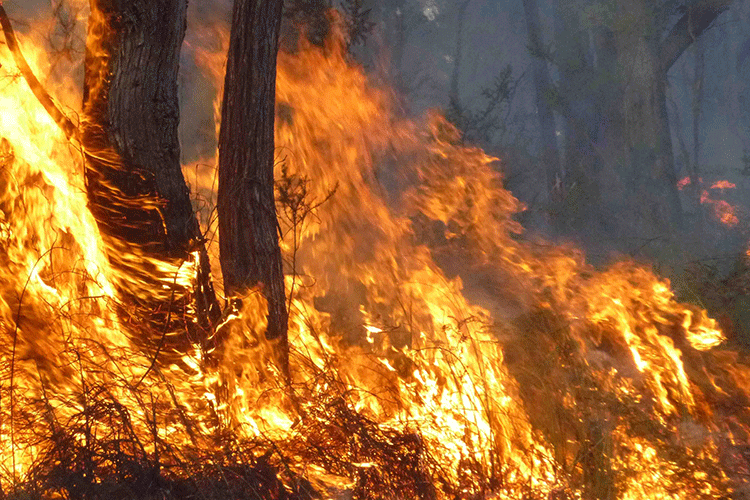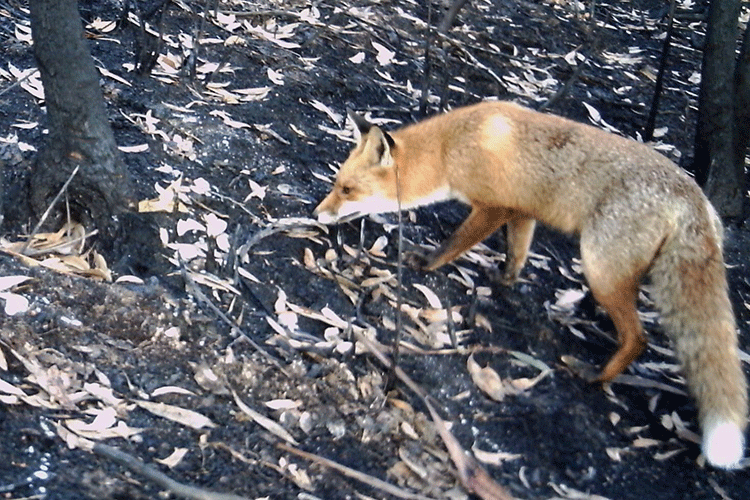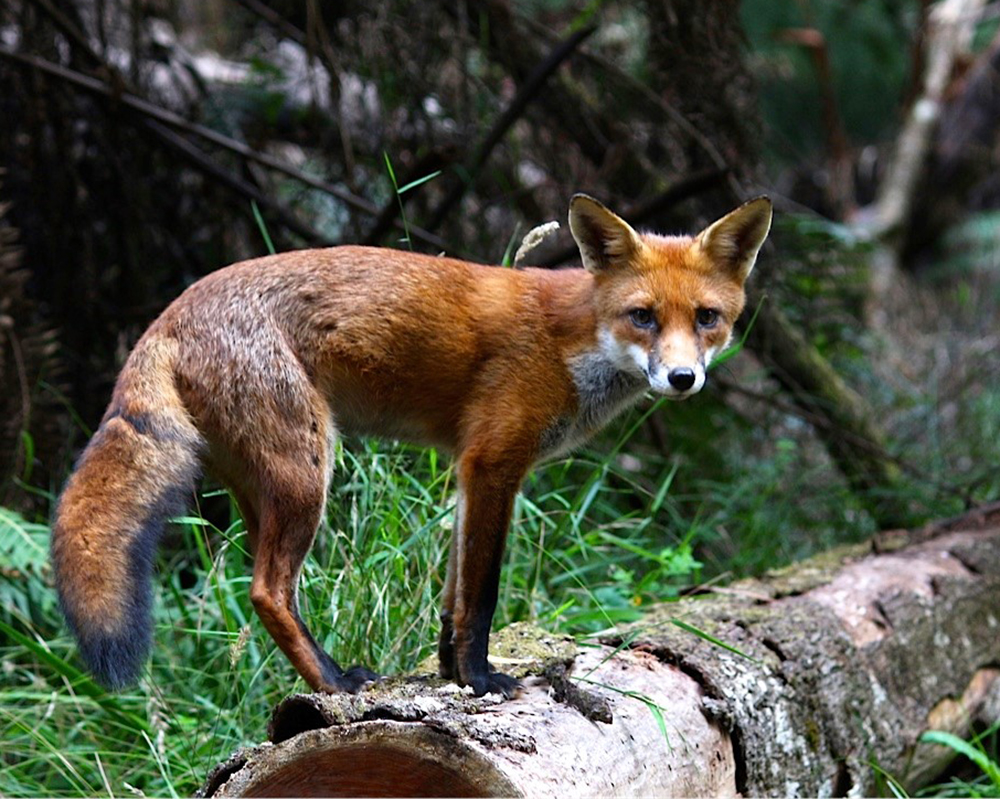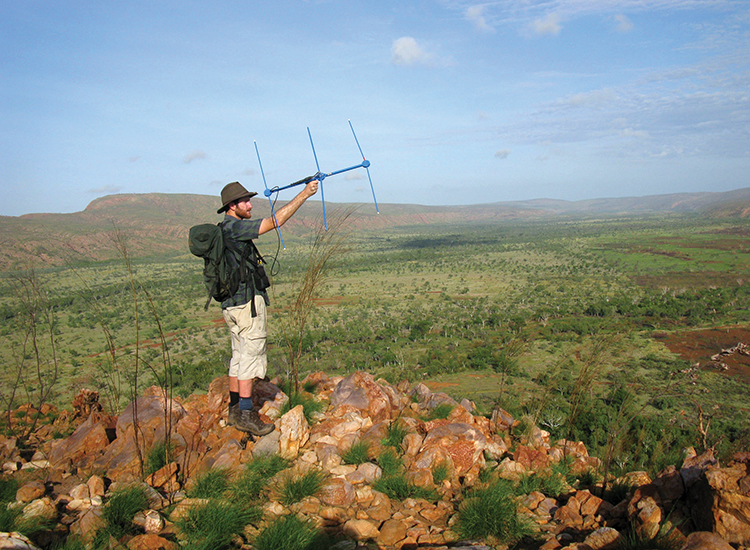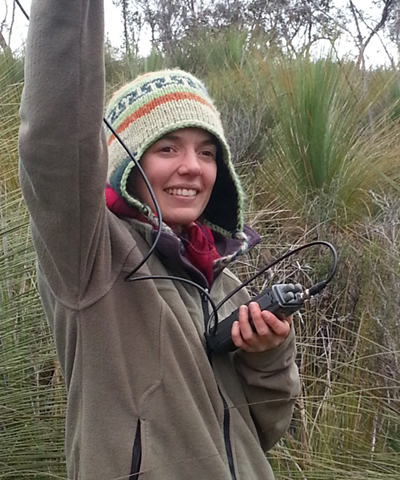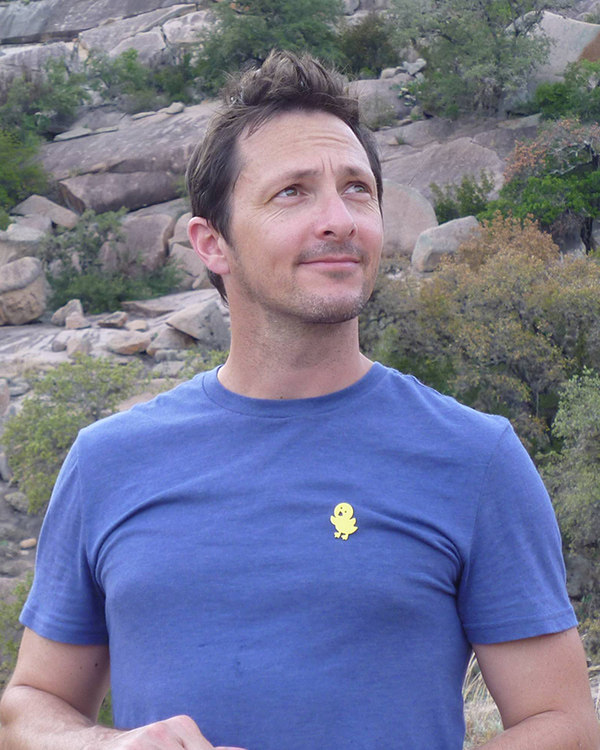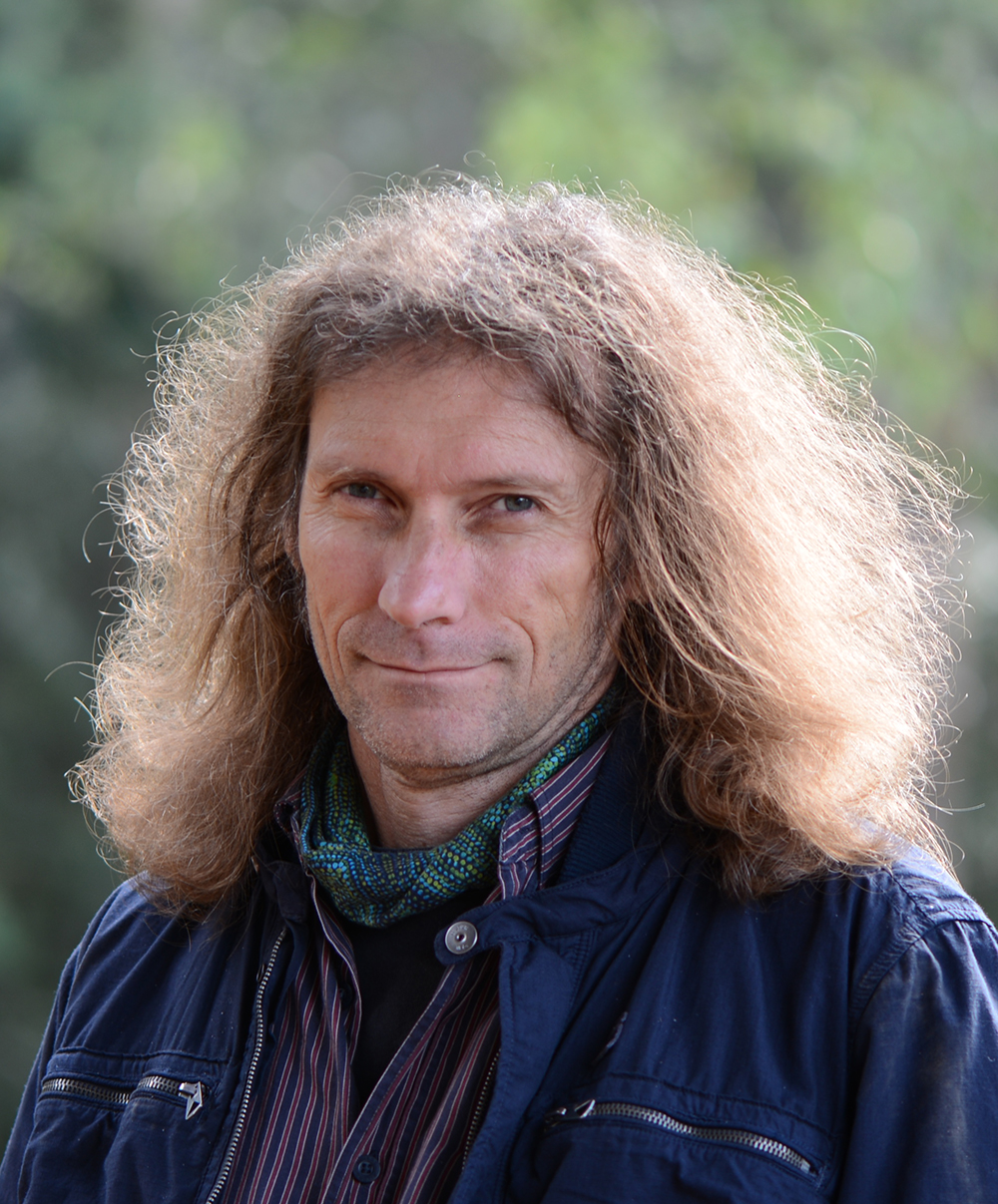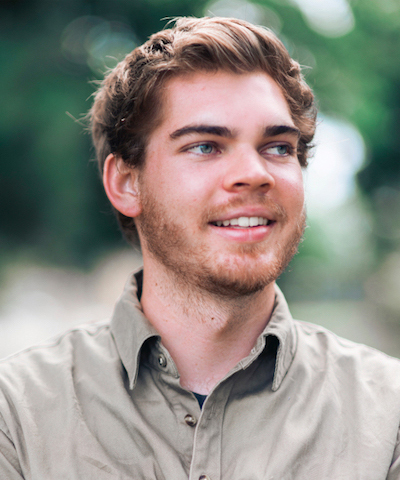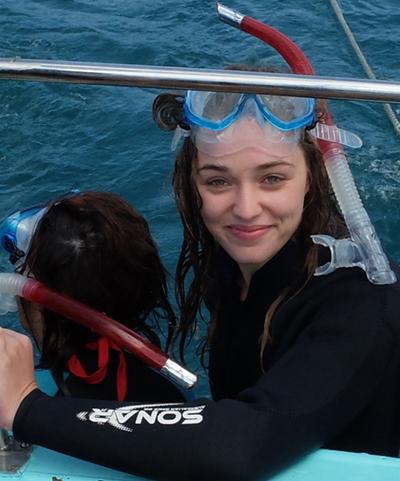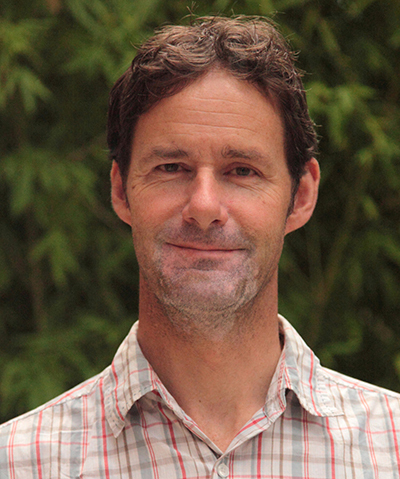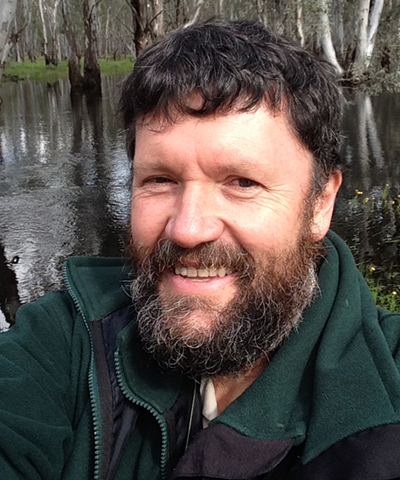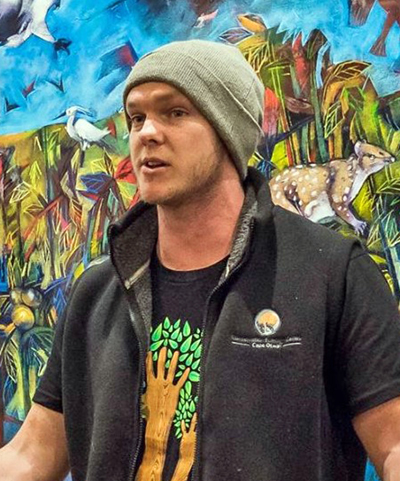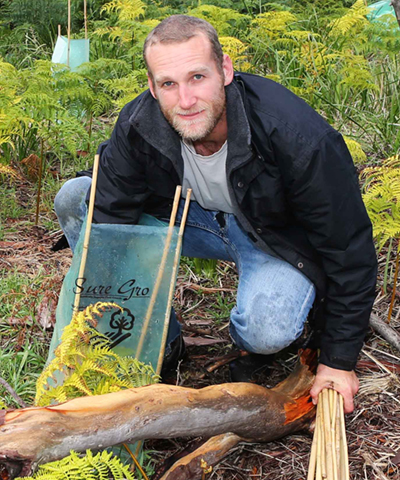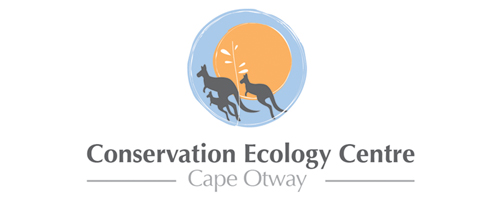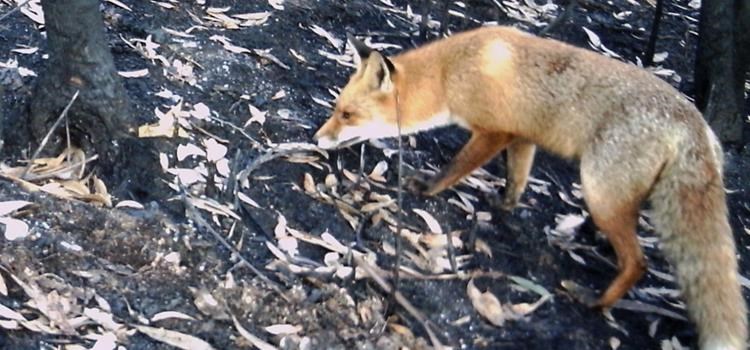
Project: 1.3.2
Fire and invasive predators
Project Leaders: Bronwyn Hradsky , Brendan Wintle , David Keith
Research in Brief
Inappropriate fire regimes and predation by red foxes and feral cats have played a major role in the decline and extinction of Australia’s native mammals. This project aims to help understand and manage the interactions between fire, invasive predators and threatened native animals in south-eastern Australia.
The project will deliver on-ground outcomes for threatened native species by improving our understanding of how invasive predator control and fire management affect priority species, such as the southern brown bandicoot and long-nosed potoroo.
Why is the research needed?
Until recently, the effects of inappropriate fire regimes, predation by invasive foxes and predation by feral cats on threatened species were largely treated as independent, with little consideration for their potential interactions. Nonetheless, fire and other disturbance processes that simplify habitat structure are likely to exacerbate the impact of invasive predators on native fauna. For example, foxes and cats may be attracted to burnt areas, and small and medium-sized native mammals may be more vulnerable to predators if fire has removed dense understorey vegetation. Furthermore, broad-scale fox control may free up resources for feral cats – a process known as ‘mesopredator release’.
Despite these concerns, we currently have little information about the strength of interactions between fire, foxes and feral cats, their variation between ecosystems, or optimal ways of managing such threatening processes to improve native species persistence at a landscape scale. A better understanding how these threats interact and how to manage them is essential to the conservation of Australia’s vulnerable native fauna, such as bandicoots and potoroos. Victoria’s land management agencies have specifically requested this work. 
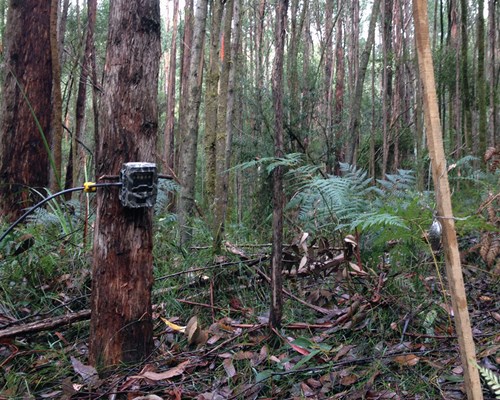
Camera traps are one of the tools being used during on-ground field work to explore the interacting impacts of feral cats, foxes and fire on threatened wildlife in the Otway Ranges. Photo: Zoi Banikos
This project seeks to contribute to a national-level effort to better understand the synergistic impacts of fire and invasive predators on threatened species. It will develop practical tools to assist with the recovery of priority species by:
- Synthesising information from existing studies on interactions between fire, invasive predators and Australia’s threatened native fauna.
- Developing a decision-support tool for land managers which predicts the effects of fox control, feral cat control and fire management on the persistence of threatened species. This will enable managers to explore the effects of alternate timing, location and intensity of management activities on threatened species, and highlight key knowledge gaps for further research.
- Undertaking replicated field experiments on the effects of fox control and fire management on fox, feral cat and threatened species populations
Tailoring fire and invasive predator management to the ecological requirements of threatened species can be extremely challenging due to the complex social and economic trade-offs, but is be crucial for the long-term persistence of many species.
On-ground field research will strengthen links between Hub researchers and government and non-government land management staff, with the aim of improving fire and predator management outcomes for conservation.
Overall, the project will deliver an improved understanding of the mechanisms of the decline of priority threatened species, and new tools for supporting management decisions that reduce the vulnerability of native species to invasive predators and fire. These outcomes may extend to many species beyond the listed priority fauna.
What research activities are being undertaken?
This project has three key components:
- Knowledge synthesis. Researchers will compile existing published and grey literature on the interactions between invasive predators, fire and threatened native species, with a focus on south-east Australian mammals such as the long-nosed potoroo and southern brown bandicoot. This review will summarise existing knowledge on integrated threat management and highlight key information gaps for future research.
- Decision-support model. Using an individual-based modelling approach, researchers will develop a simulation model to predict the effects of landscape-scale fox, feral cat and fire management on priority threatened species. The model will be validated against field data collected as part of this and other research projects, and be used to both inform current management actions and identify future research priorities.
- Field experiments. Working closely with land-management agencies, researchers will collect and analyse new data on the influence of fox and fire management programs on foxes, feral cats and threatened native mammal populations. Approaches will include spatially-explicit density estimation and occupancy surveys.
Research findings will be communicated through peer-reviewed publications, plain-language summaries and presentations to key stakeholders, including the Victorian Government Department of Environment, Land, Water and Planning (DELWP), Parks Victoria and the Otway Threatened Species Research Forum.
Who is involved?
The project is led by the University of Melbourne in collaboration with the University of New South Wales. Contributions and collaborations will come from the Victorian Government state agencies DEWLP and Parks Victoria, and the Conservation Ecology Centre.
Where is the research happening?
Field experiments involving large-scale predator management are being undertaken in south-western Victoria in conjunction with DELWP’s Glenelg Ark and Parks Victoria’s Otway Ark projects. The Conservation Ecology Centre is a key partner in these experiments.
When is the research happening?
The project will run for five years from 2015 to 2021.
Further information
For more information please contact:
Dr Bronwyn Hradsky - hradskyb@unimelb.edu.au
Top image: A camera trap image of a fox in a burnt area in the Otways. Photo Bronwyn Hradsky
